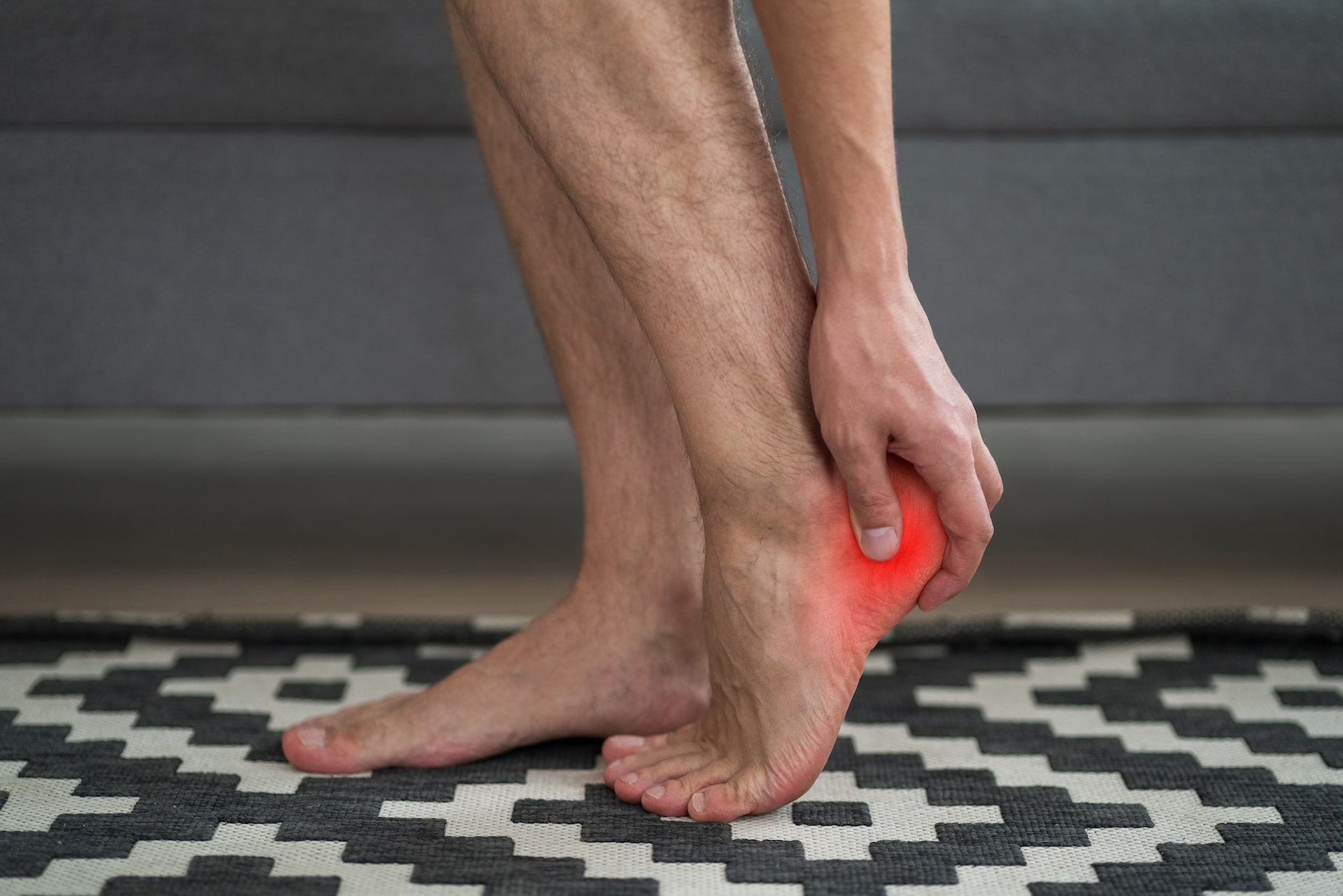Could you be wearing shoes that are contributing to chronic foot pain? Here are seven types of shoes that can lead to painful foot disorders.
1. Stiletto heels
Stiletto heels can lead to stretched Achilles tendons, since the shoe increases pressure on your forefoot. Additionally, most stiletto heels are narrow in style, which can cause and worsen bunions and other biomechanical forefoot issues. Kelly Geoghan, DPM, another podiatrist from the Baltimore area, says that your Achilles tendons can stretch even more after you go home at the end of the day and remove your stilettos.
2. Flip-flops
Most flip-flops lack foot support in general, which can increase the risk for foot pain and a condition known as plantar fasciitis. Other foot disorders associated with wearing flip-flops are ankle sprains and tendon problems. The open style of flip-flops can also expose your feet to thousands or millions of bacteria, including fecal matter and Staphylococcus aureus.
3. Sheepskin boots
Individuals who wear cozy, slipper-style boots with sheepskin lining are at increased risk for fungus buildup, especially when wearing the boots without socks. Sheepskin may be breathable material, but can create a humid environment that’s more susceptible to fungus. If you enjoy wearing sheepskin boots, limit your wear to lounging for the most part, since these shoes often lack support for walking or standing.
4. Ballet flats
Ballet flats provide no arch support and offer little to no padding in the insoles, which can lead to problems with severe foot pain. Wearing ballet flats has been compared to wearing thick socks, and will often stop feeling comfortable after several minutes.
5. Thigh-high boots
Thigh-high boots can cause foot problems similar to those caused by wearing stiletto heels, depending on the heel height and style. If the boots are too tight and stiff, you can experience nerve pain and nerve damage in your knees, leading to feelings of burning, tingling, and a condition known as foot drop.
6. Platform shoes
Platform shoes can be a safer alternative to high heels, but could increase the risk for ankle instability and sprains due to their height. However, platform shoes can result in less forefoot pressure, since height is added to both the forefoot and hindfoot.
7. Worn-out shoes
Your oldest, most worn-out pair of tennis shoes may be your favorite, comfortable go-to shoes, but in most cases, worn-out shoes lack good shock absorption, which can lead to major problems with foot pain and increase the risk for injury. Furthermore, worn-out shoes can worsen existing foot conditions. If you’re not sure whether your shoes are acceptable for wear, take them to your podiatrist. Your podiatrist can determine whether your shoes are safe for athletic activity or everyday wear.
Call Kansas City Foot Specialists to schedule an evaluation at (913) 338-4440, or request an appointment online so we can determine the true cause of your injury and get you back on your feet.



